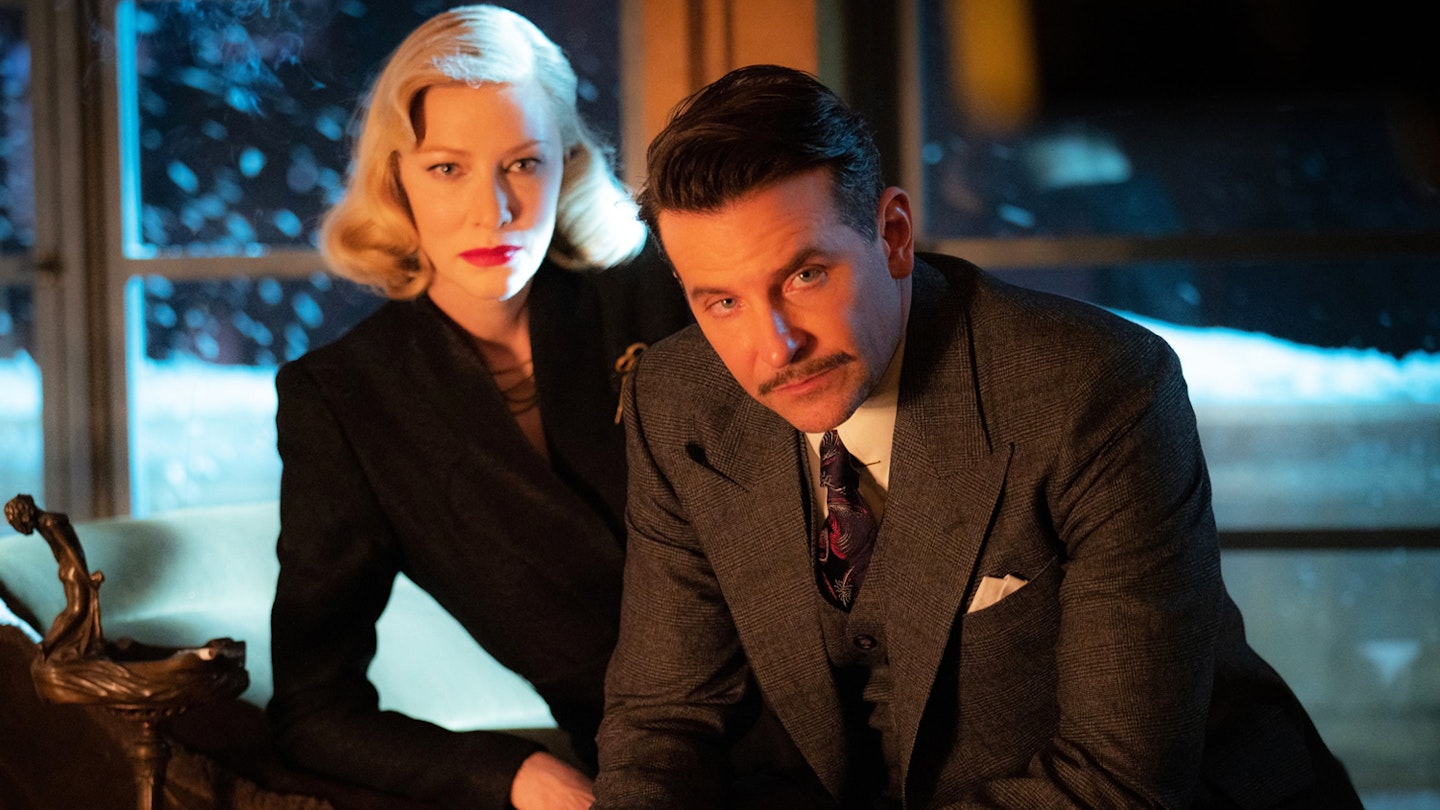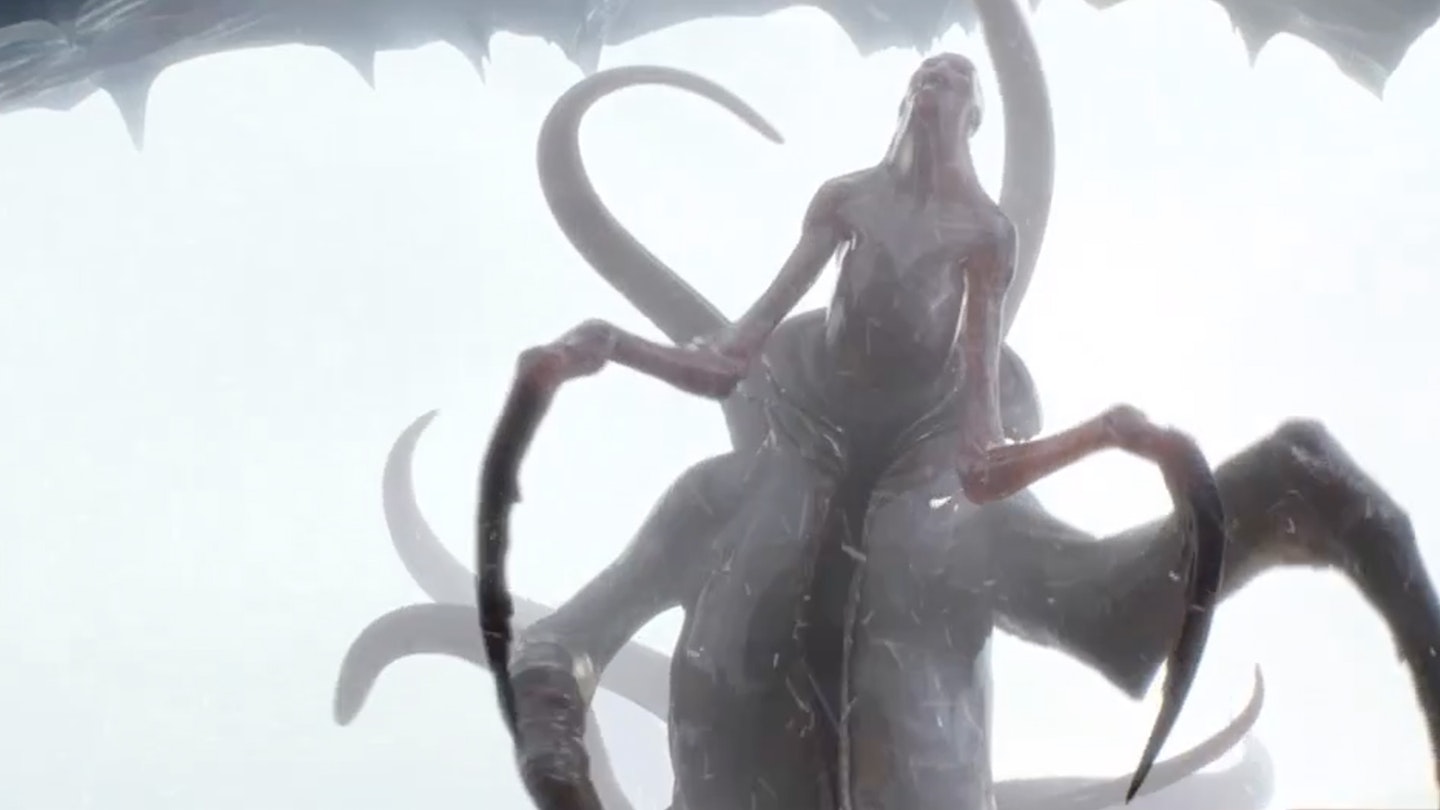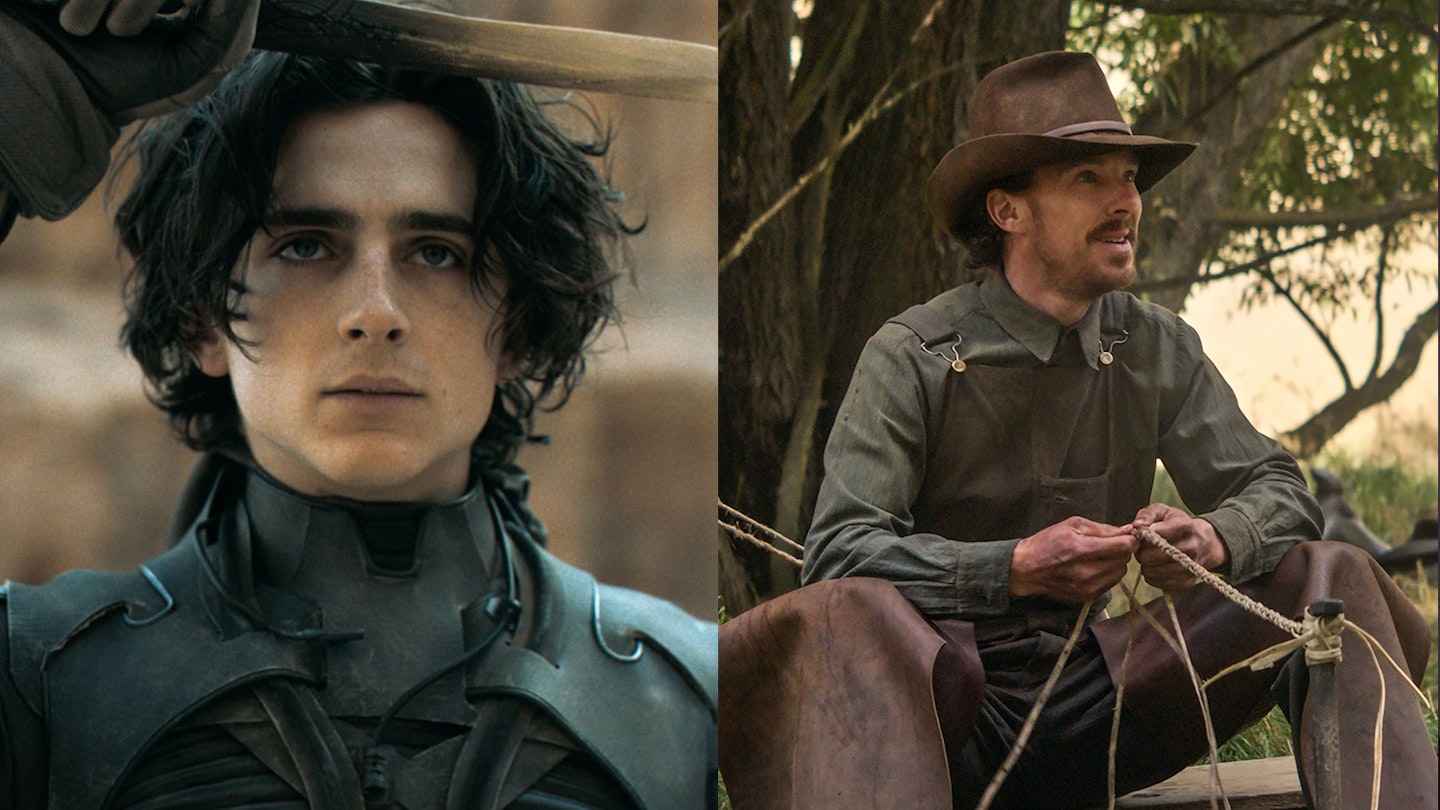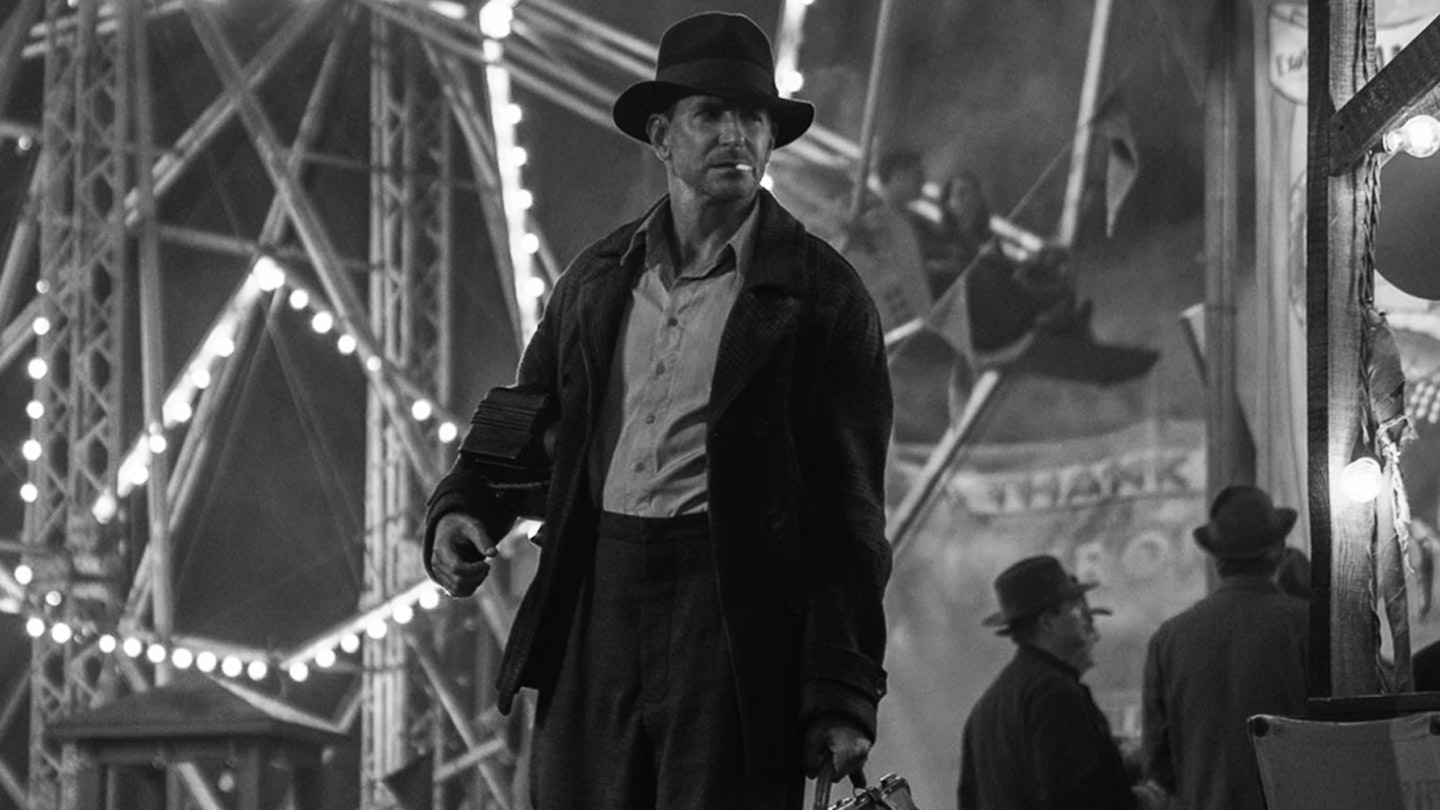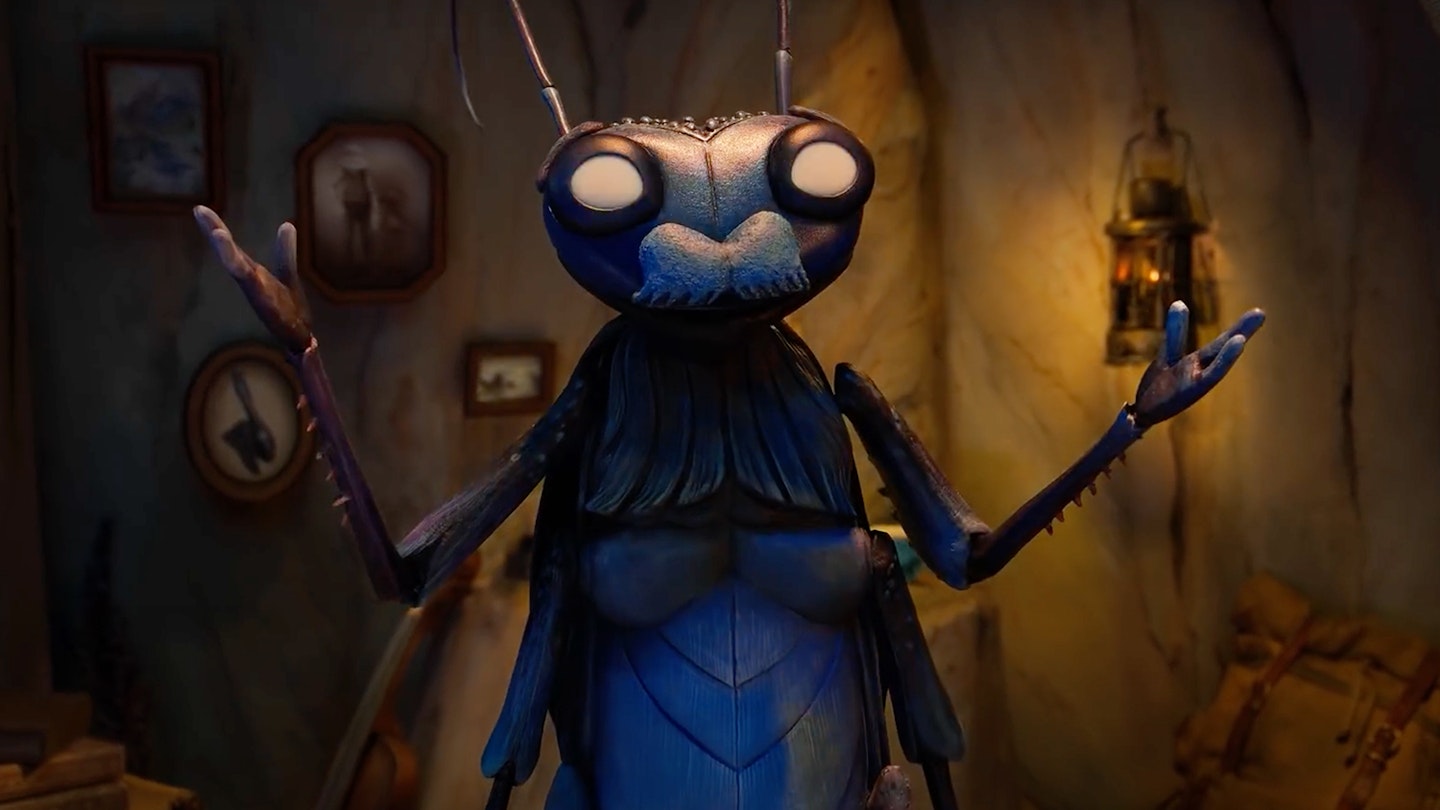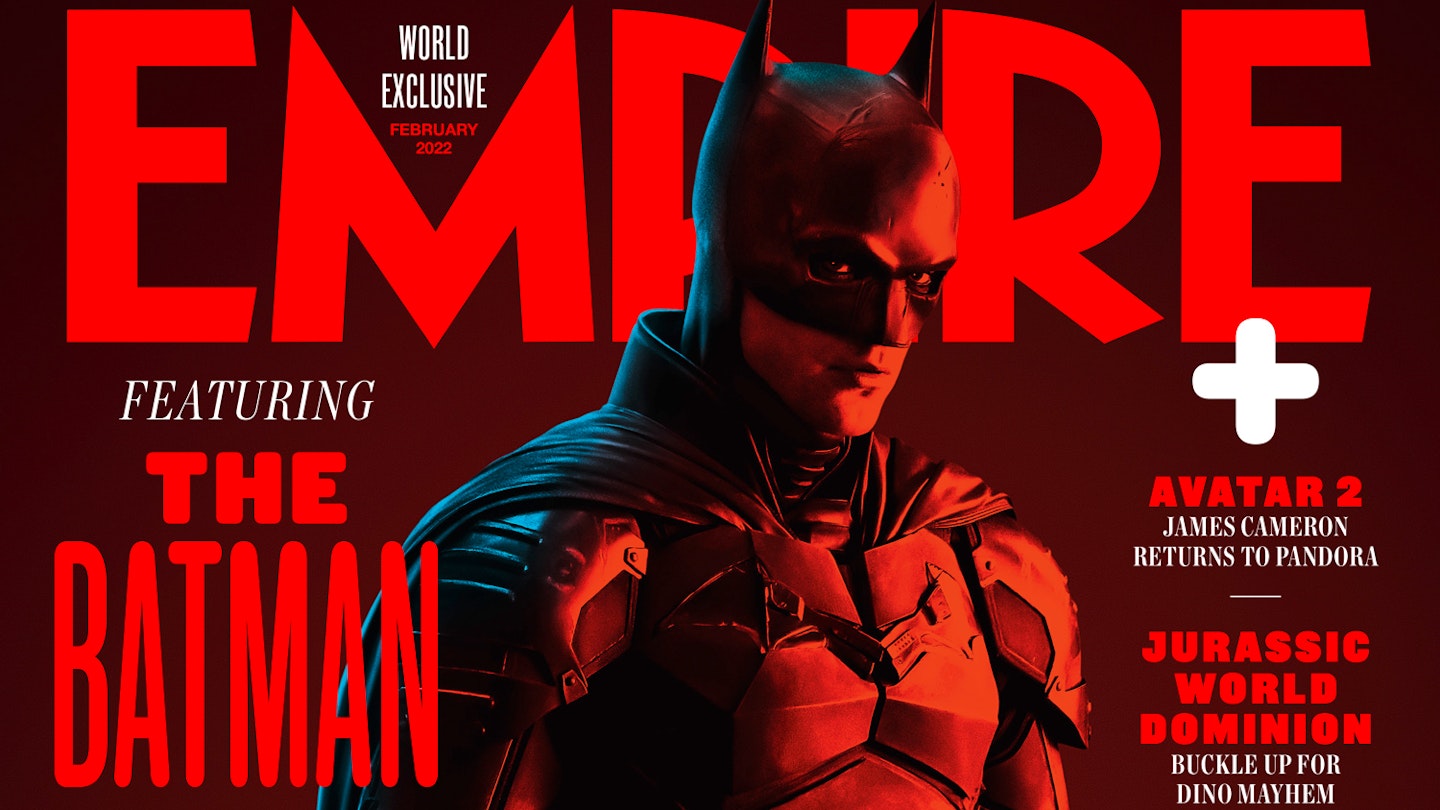For Guillermo del Toro fans who have followed the monster-obsessed auteur through decades of delicately drawn fantasy-horror fables (Pan’s Labyrinth, The Devil’s Backbone) and splashy sci-fi blockbusters (Pacific Rim, the Hellboy movies), the prospect of the filmmaker eschewing the supernatural in Nightmare Alley might feel somewhat disappointing. After his Oscar-sweeping The Shape Of Water (13 nominations and four wins, including Best Picture and Best Director), could the man who gave us face-sucking mutant vampires, red-clay ghouls and cinema’s most sensuous fish-man really be betraying genre fare in favour of more typically awards-worthy material?
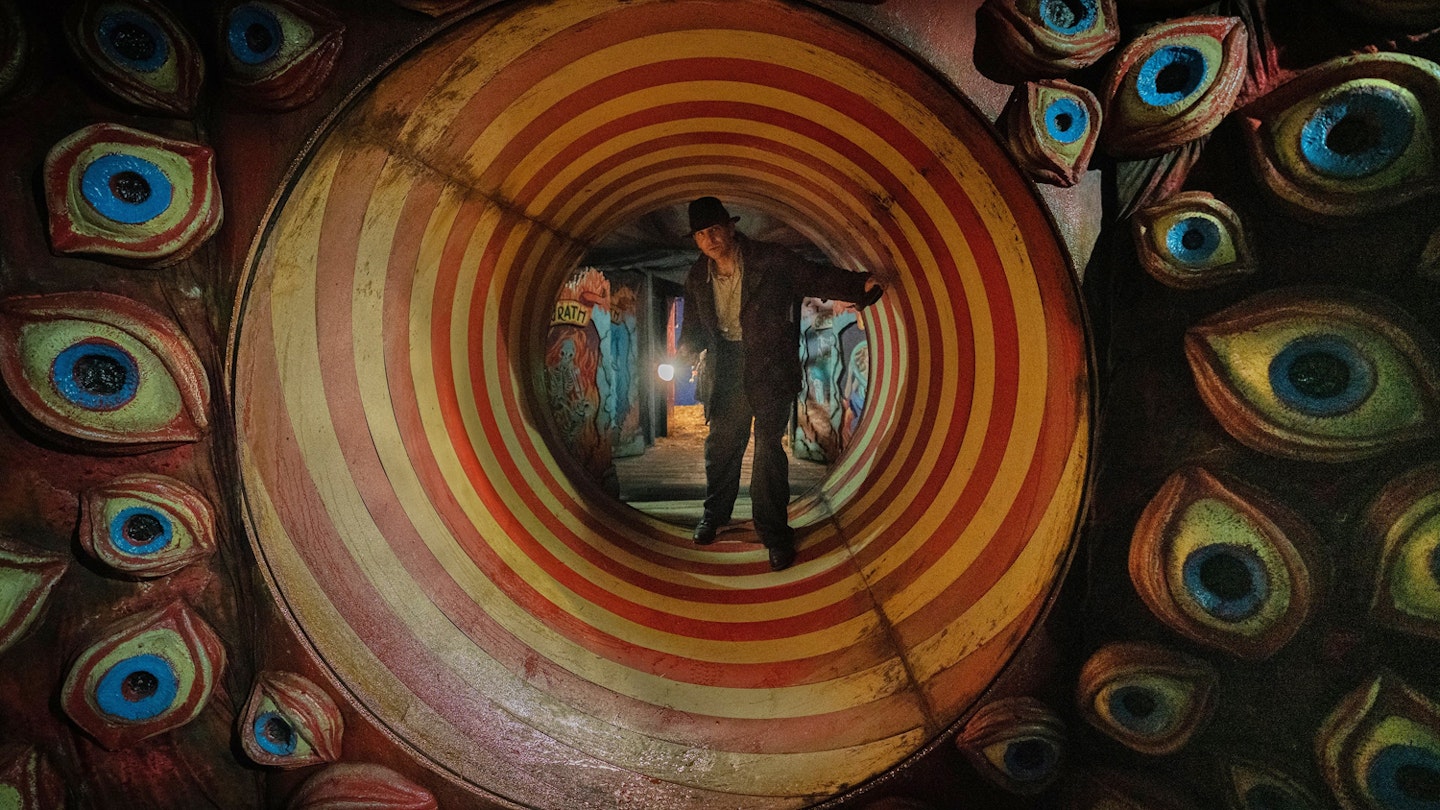
Fear not. Nightmare Alley doesn’t feature things that go bump in the night, but del Toro hasn’t gone soft. Case in point: mere minutes into his tale of mind-manipulation and moral decline, a man gruesomely bites the head off a live chicken, its legs kicking helplessly as blood spews. This, Bradley Cooper’s Stanton ‘Stan’ Carlisle learns, is a ‘geek show’ — an illegal but lucrative carnival attraction in which a desperate, demoralised drunk commits disgusting deeds for a baying crowd. Is the geek, asks Willem Dafoe’s ringleader, “man or beast?” It’s a dichotomy that runs through del Toro’s adaptation of William Lindsay Gresham’s novel (which spawned an equally pitch-black 1947 cinematic iteration), and a question that hangs over Stan’s head as he charts his own course into the heart of darkness and beyond.
As a dark carnival of exploitation, _Nightmare Alley_ isn’t really del Toro forsaking genre, after all.
Even with both feet planted in the real world (late ’30s/early ’40s America), del Toro conjures a dreamlike — or, nightmare-like — atmosphere right away, as Stan falls asleep on a bus, leaving the blazing ruins of his past life in the rear-view mirror, and awakens at the carnival where he’ll reinvent himself. It’s here that the first half of the bisected narrative unfolds, Stan picking up odd jobs and learning the tricks of the trade — swindling punters with the ‘clairvoyant’ Zeena (the ever-brilliant Toni Collette), sparking a romance with Molly (Rooney Mara) as he dials up the drama in her electrifying act, all while developing his own talent for deception. Learning the secrets behind the shows is compelling, as are the characters among the troupe — notably gruff strongman Bruno (del Toro lucky charm Ron Perlman), cruel geek-breaker Clem (Dafoe), and Zeena’s melancholic, alcoholic partner Pete (David Strathairn).
Ultimately, though, the carnival is all set-up for the second half, as Stan runs away to the city with Molly to reinvent himself once more as ‘The Great Stanton’. Together the pair dazzle unsuspecting audiences with their mentalism show, until psychiatrist Dr Lilith Ritter (a note-perfect Cate Blanchett) clocks their game and draws Stan into her own highwire act. The gear-shift is a welcome one — when Blanchett enters the fray the stakes crank up, her character proving more than a match for the increasingly over-confident Stan. Scenes in which the pair prowl around each other — probing each other’s psyches in power-shifting tugs of war, scheming to swindle the rich and powerful Ezra Grindle (Richard Jenkins) — are the film’s undisputed highlight.
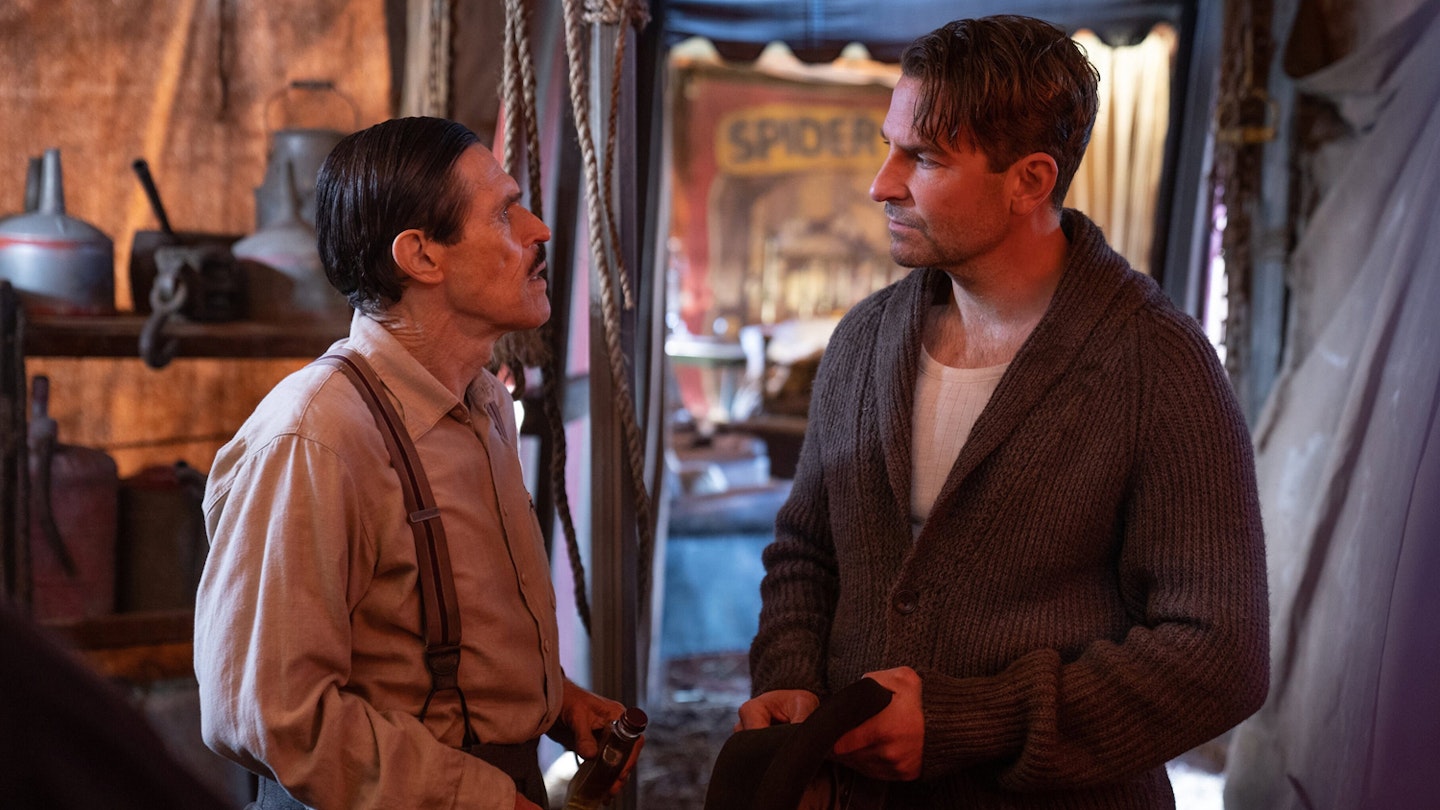
For all that Nightmare Alley is deeply cinematic – beautifully lit, with impeccable production design in both carnival and city, captured in striking frames and long-held shots by cinematographer Dan Laustsen — the two-part structure feels almost novelistic. Instead of a clearly defined narrative drive, Cooper’s character is the narrative through-line, and there’s a slow-burn atmosphere and depth of detail that, like Crimson Peak, feels rich with subtext, almost playing out in chapters. Another filmmaker might have intercut the timelines to up the pace, but del Toro plays it confidently linear, letting the story sprawl before the audience. As a result, you often don’t know exactly where it’s going — perhaps a patience-tester given the runtime — but it feels all the richer come the final reel. Eventually, Guillermo goes full del-gore-o, smashing faces as the plot barrels towards a bloody conclusion.
While Mara is left with the less interesting role (particularly once Blanchett enters play), Cooper is outstanding across every stage of Carlisle’s journey — displaying warmth among the magnetism, even as his lust for power takes darker turns. His final sequence here is astonishing.
As a dark carnival of exploitation, Nightmare Alley isn’t really del Toro forsaking genre, after all. In here there’s a paranoid noir, a psychological thriller, a rise-and-fall grifter tale — often playing like a ghoulish, gothic The Great Gatsby. For a prestige picture, it boasts surprisingly frequent close-ups of a three-eyed pickled foetus called Enoch. No monsters, then, but beastliness aplenty. In other words, it’s right up Guillermo del Toro’s alley.
